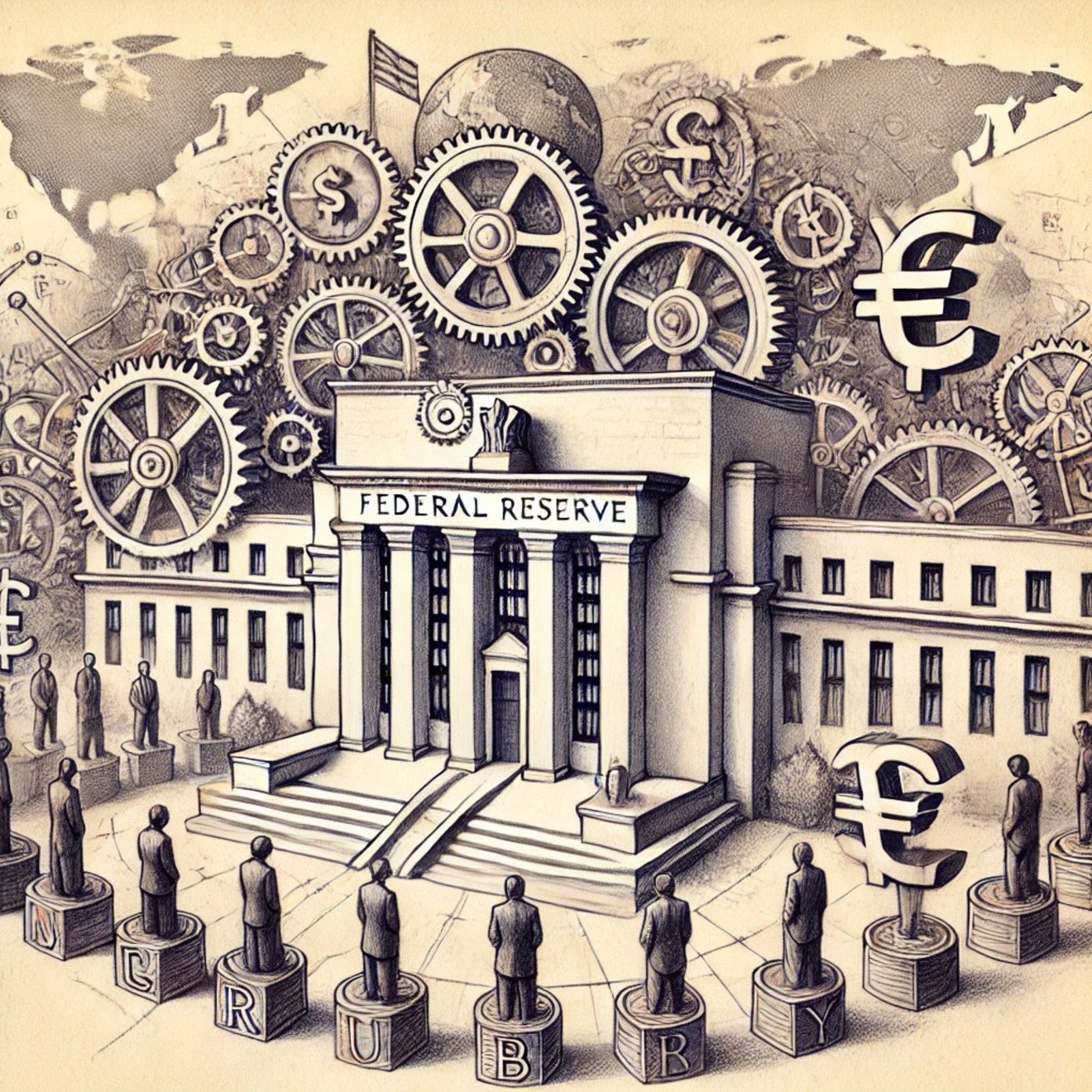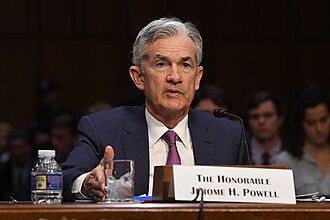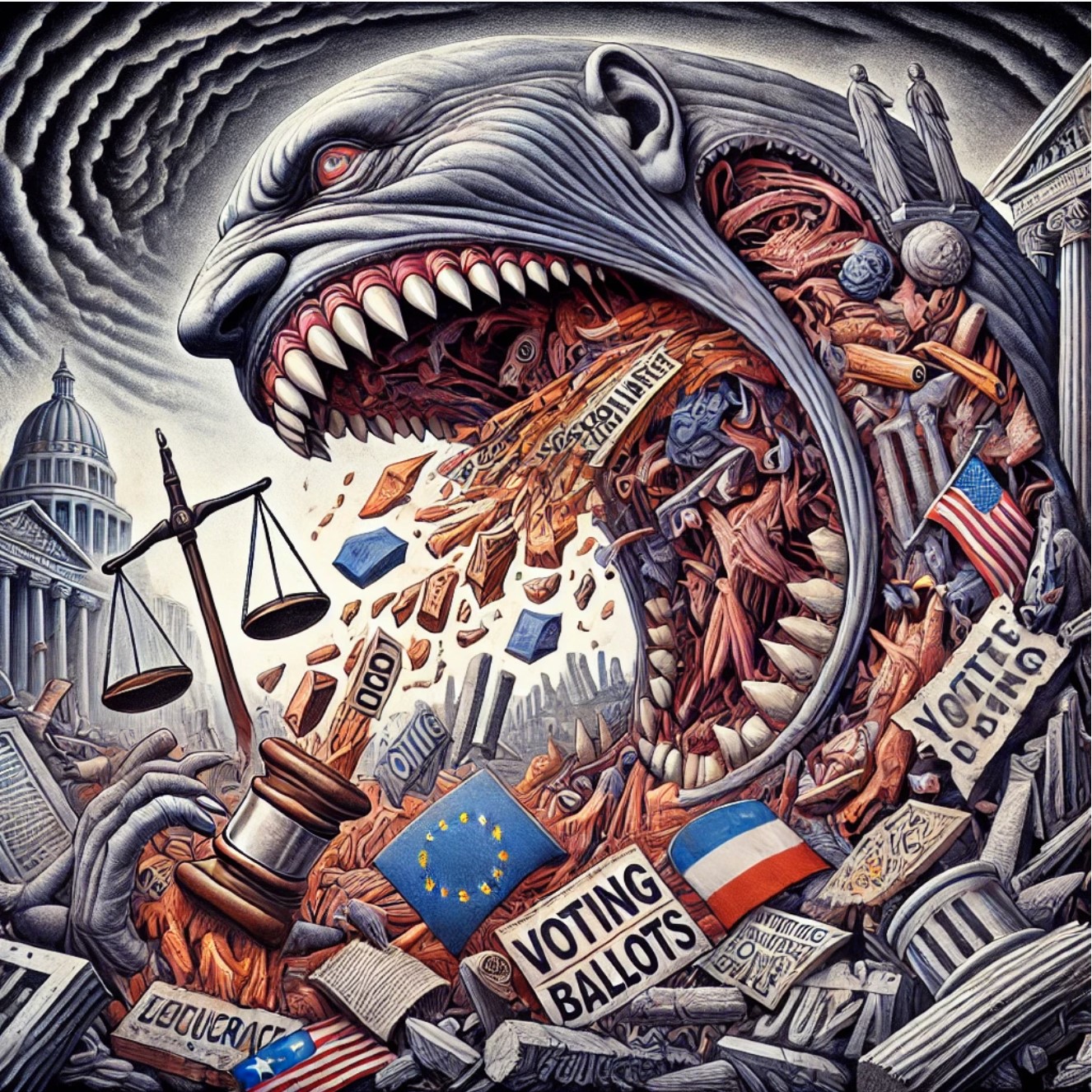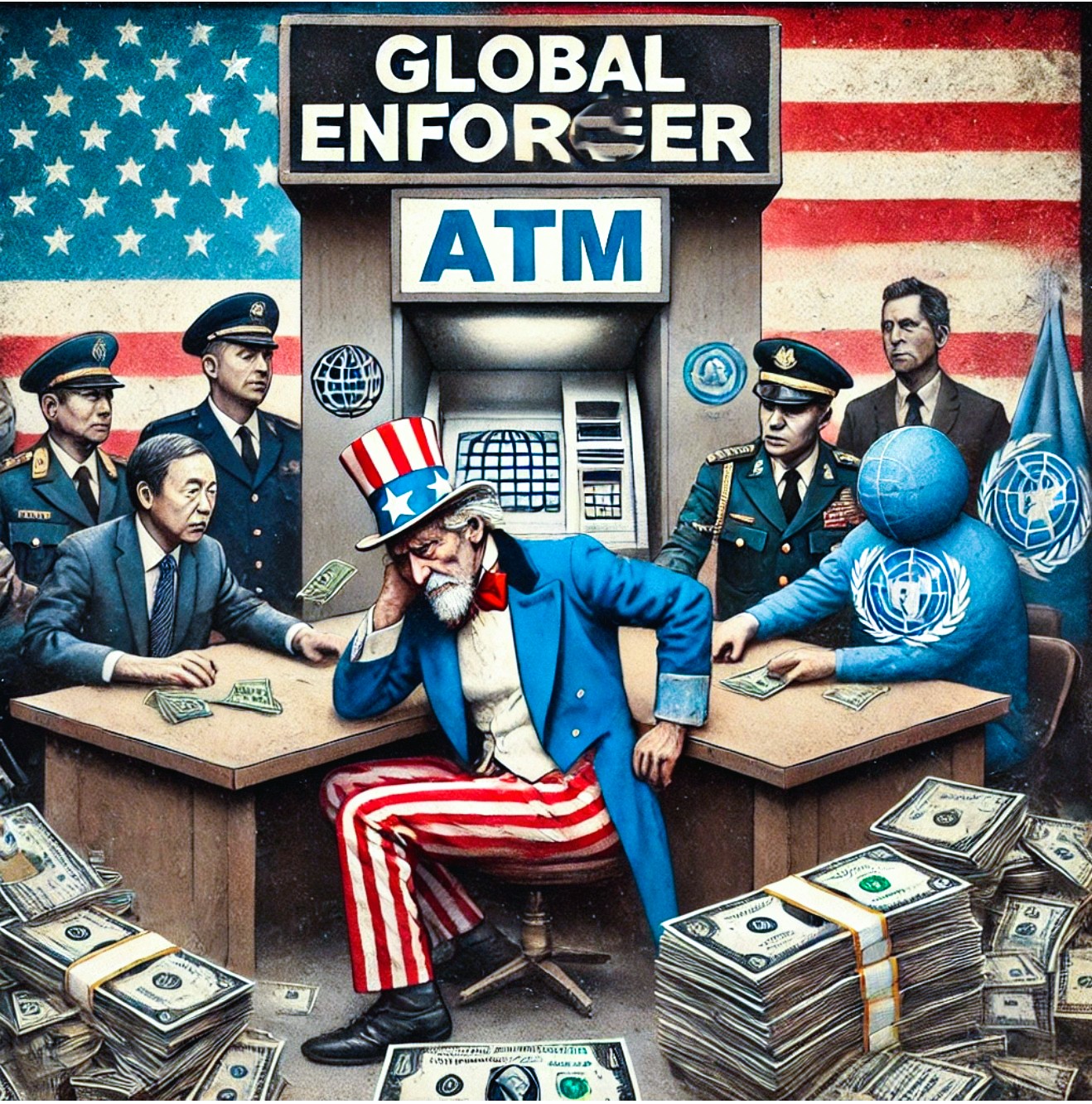
Adjusting to the Fed’s New Reality
There’s a new era for money emerging, and the Federal Reserve must adjust to the new reality.
You saw some evidence of that this week with measures of both consumer and producer prices coming in hotter than expected and above previous readings.
Over the last twelve months, CPI rose 2.6%, up from the prior months reading of 2.4% and PPI rose from 1.9% to 2.4%.
Not a raging price inferno by any stretch but a reminder that the monetary expansion of the past could pay inflationary dividends for years to come–which doesn’t have to be a bad thing.
It took 95 years, from the Federal Reserves inception in 1913 through August of 2008, to grow the money supply to $847 billion. But it took only 16 years to grow it another $4.8 trillion.
Bitcoin and gold also provide proof of the Fed’s new reality.
Bitcoin’s price has soared over $40,000 since its September lows, currently hovering around $90K.
And gold, which despite a sharp pullback recently, has risen over 30% during the past year.
Tempering the effects of that expansionary past will take time.
And investors, too, must adjust to that reality.
Here’s how to make it work for you.
Reserve Competition
After decades of use as a tool to bludgeon foreign countries into compliance with U.S. foreign policy goals, many countries have turned adversarial towards the U.S. dollar.
The Petro-dollar no longer technically exists as Saudi Arabia has abandoned dollar-only payments for oil.
Central Banks have been slowly turning their backs on the greenback as well, with dollar reserves down more than 20% in the last two decades.
Other currencies have filled some of that gap.
The rest has been filled by gold.
In 2022, central banks bought the largest amount of gold in over five decades.
The World Gold Council reported that central banks collectively purchased more than 1,136 metric tons of gold in 2022, a 55-year high. Countries like Turkey, India, and Qatar have also made notable additions to their reserves
This increase in gold reserves is seen as part of a broader trend of de-dollarization, with many countries looking for alternatives to the U.S. dollar in trade and reserves.
Here’s a few reasons why.
Key Drivers Behind the Trend:
- Diversification from the U.S. Dollar: Growing geopolitical tensions (e.g., U.S.-China relations), sanctions against countries like Russia, and the de-dollarization efforts have led central banks to look for alternatives.
- Geopolitical Instability and Sanctions: Countries such as Russia, China, and Turkey have been particularly aggressive in boosting their gold reserves. Russia, for instance, accelerated its gold buying in response to Western sanctions following the annexation of Crimea in 2014 and further expanded this after the 2022 Ukraine invasion.
- Inflation Hedge and Financial Uncertainty: The COVID-19 pandemic, followed by rising inflation rates in the U.S. and Europe, has also spurred central banks to add more gold to their reserves.
. - China’s Push for Yuan Internationalization: China has steadily increased its gold reserves as part of its long-term strategy to position the yuan as an international currency and reduce reliance on the U.S. dollar.
At the end of the day, gold doesn’t come with the baggage of political manipulation.
And the easiest way to align yourself with this historic shift in priorities is to buy some gold yourself.
I’m not a fan of Spyder Goldshares ETF (NYSE: GLD). It uses gold futures to maintain its link to gold. That’s fine under normal circumstances, but that link can break when gold becomes the next “panic buy.”
I prefer Sprott Physical Gold Trust (NYSE: PHYS). It holds physical gold in trust, which you can redeem directly, thereby forging an unbreakable link between gold’s price and PHYS.
Now, that’s the first step.
Don’t go all in at once. But set up a reminder for yourself to buy some every month, and you’ll soon find that the Fed’s new reality works just fine for you.
There’s more you can do. I’ll tell you more about it next week.
But inflation is here to stay and, because of the petro-dollar exodus, more likely to rise than fall.
Think Free. Be Free.
Don Yocham, CFA
Managing Editor of The Capital List
Related ARTICLES:

Adjusting to the Fed’s New Reality
By Don Yocham
Posted: November 15, 2024

Flawed Motive Behind the Fed’s Rate Cut Agenda
By Don Yocham
Posted: August 27, 2024

The Central Flaw of Central Bankers
By Don Yocham
Posted: August 16, 2024

The First Fiat to Fall
By Don Yocham
Posted: August 7, 2024

Always Look Cool
By Don Yocham
Posted: August 5, 2024
FREE Newsletters:
"*" indicates required fields






